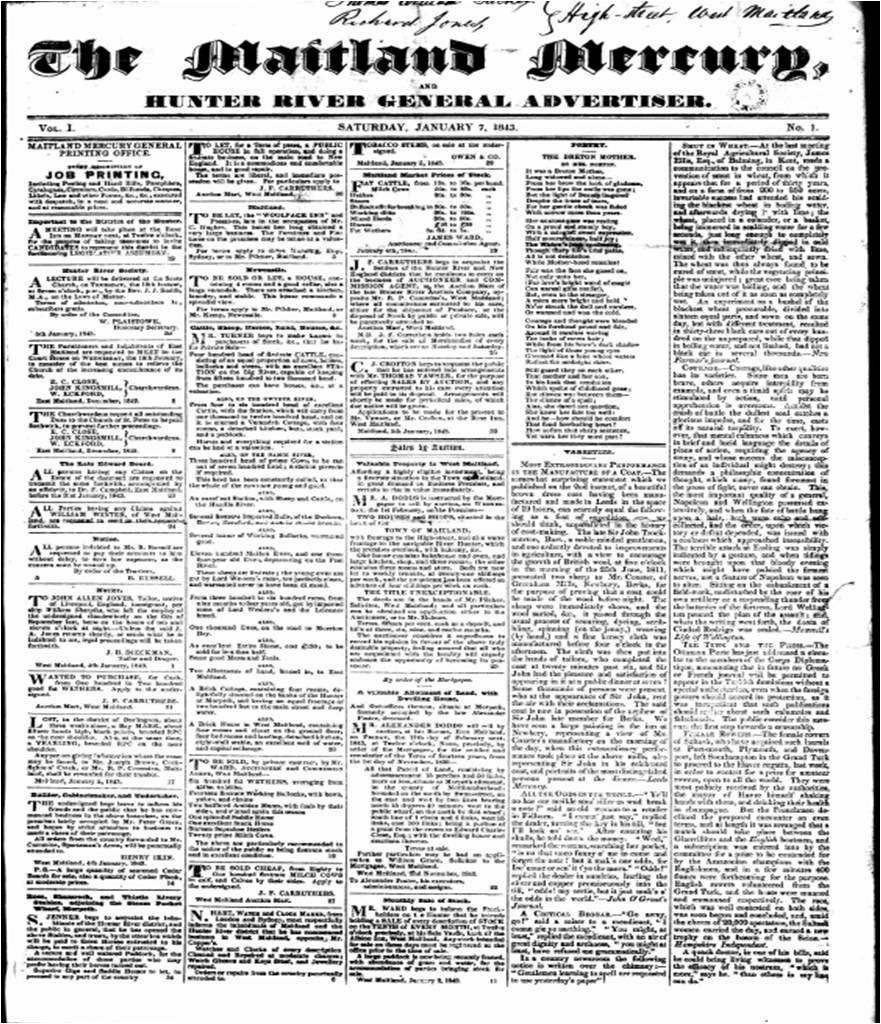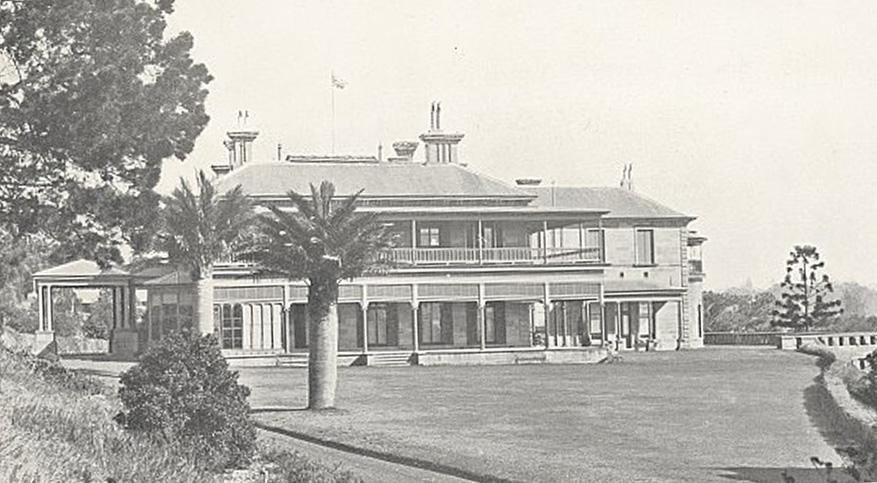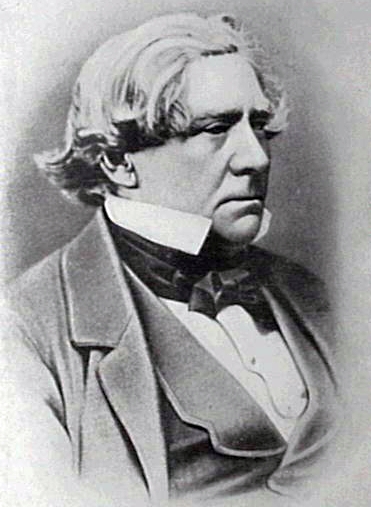|
Slavery In Australia
Slavery in Australia has existed in various forms from colonisation in 1788 to the present day. European settlement relied heavily on convicts, sent to Australia as punishment for crimes and forced into labour and often leased to private individuals. Many Aboriginal Australians were also forced into various forms of slavery and unfree labour from colonisation. Some Indigenous Australians performed unpaid labour until the 1970s. Pacific Islanders were kidnapped or coerced to come to Australia and work, in a practice known as blackbirding. Labourers were also imported from India and China, and employed in various degrees of unfree labour. Legal protections varied and were sometimes not enforced, particularly with workers who were effectively forced to work for their employers and would often go unpaid. Australia was held to the Slave Trade Act 1807 as well as the Slavery Abolition Act 1833, which abolished slavery in the British Empire. Types of slavery Convicts Many of the co ... [...More Info...] [...Related Items...] OR: [Wikipedia] [Google] [Baidu] |
Convicts In Australia
Between 1788 and 1868, about 162,000 Penal transportation, convicts were transported from Great Britain, Britain and Ireland to various list of Australian penal colonies, penal colonies in Australia. The British Government began transporting convicts overseas to Thirteen Colonies, American colonies in the early 18th century. When transportation ended with the start of the American Revolution, an alternative site was needed to relieve further overcrowding of British prisons and prison ship, hulks. Earlier in 1770, James Cook charted and claimed possession of the east coast of Australia for Britain. Seeking to pre-empt the French colonial empire from expanding into the region, Britain chose Australia as the site of a penal colony, and in 1787, the First Fleet of eleven convict ships set sail for Botany Bay, arriving on 20 January 1788 to found Sydney, New South Wales, the first European settlement on the continent. Other penal colonies were later established in Van Diemen's Land ( ... [...More Info...] [...Related Items...] OR: [Wikipedia] [Google] [Baidu] |
Bengal
Bengal ( ; bn, বাংলা/বঙ্গ, translit=Bānglā/Bôngô, ) is a geopolitical, cultural and historical region in South Asia, specifically in the eastern part of the Indian subcontinent at the apex of the Bay of Bengal, predominantly covering present-day Bangladesh and the Indian state of West Bengal. Geographically, it consists of the Ganges-Brahmaputra delta system, the largest river delta in the world and a section of the Himalayas up to Nepal and Bhutan. Dense woodlands, including hilly rainforests, cover Bengal's northern and eastern areas, while an elevated forested plateau covers its central area; the highest point is at Sandakphu. In the littoral southwest are the Sundarbans, the world's largest mangrove forest. The region has a monsoon climate, which the Bengali calendar divides into six seasons. Bengal, then known as Gangaridai, was a leading power in ancient South Asia, with extensive trade networks forming connections to as far away as Roman Egypt. ... [...More Info...] [...Related Items...] OR: [Wikipedia] [Google] [Baidu] |
The Maitland Mercury And Hunter River General Advertiser
The ''Maitland Mercury'' is Australia's third oldest regional newspaper, preceded only by the ''Geelong Advertiser'' (estab. 1840) and the ''Launceston Examiner'' (estab. 1842). The ''Maitland Mercury'' was established in 1843 when it was called ''The Maitland Mercury and Hunter River General Advertiser''. ''The Maitland Mercury'' is still in circulation serving the city of Maitland and the surrounding Lower Hunter Valley. These days the Maitland Mercury has a weekly print edition which appears on Fridays. History It was originally a weekly newspaper, founded by Richard Jones, an English migrant from Liverpool who also served as treasurer of NSW for a brief period. The first issue was published as ''The Maitland Mercury and Hunter River General Advertiser'' on 7 January 1843. It has been a daily since 1894. when it was issued under two banners as ''The Maitland Daily Mercury'' during the week and ''The Maitland Weekly Mercury'' on Saturdays. From 1870 to 1873, Margaret Falls ... [...More Info...] [...Related Items...] OR: [Wikipedia] [Google] [Baidu] |
Hunter Valley
The Hunter Region, also commonly known as the Hunter Valley, is a region of New South Wales, Australia, extending from approximately to north of Sydney. It contains the Hunter River and its tributaries with highland areas to the north and south. Situated at the northern end of the Sydney Basin bioregion, the Hunter Valley is one of the largest river valleys on the NSW coast, and is most commonly known for its wineries and coal industry. Most of the population of the Hunter Region lives within of the coast, with 55% of the entire population living in the cities of Newcastle and Lake Macquarie. There are numerous other towns and villages scattered across the region in the eleven local government areas (LGAs) that make up the region. At the the combined population of the region was 682,465, and is expected to reach over 1,000,000 people by 2031. Under Australia's wine appellation system, the Hunter Valley wine zone Australian Geographical Indication (GI) covers the entire catc ... [...More Info...] [...Related Items...] OR: [Wikipedia] [Google] [Baidu] |
Vaucluse House
Vaucluse House is a heritage-listed residence, colonial farm and country estate and now tourist attraction, house museum and public park located at 69a Wentworth Road, Vaucluse in the Municipality of Woollahra local government area of New South Wales, Australia. Completed between 1803 and 1839 in the Gothic Revival style, its design was attributed to William Charles Wentworth and built by Sir Henry Browne Hayes and W. C. Wentworth. The property is owned by the Historic Houses Trust of New South Wales, an agency of the Government of New South Wales. The site was added to the New South Wales State Heritage Register on 2 April 1999. Vaucluse House is a 19th-century estate with house, kitchen wing, stables and outbuildings, surrounded by of formal gardens and grounds located on the south-eastern shores of Port Jackson. The house is one of the few 19th-century houses near Sydney Harbour retaining a significant part of its original setting. The property was listed on the New Sout ... [...More Info...] [...Related Items...] OR: [Wikipedia] [Google] [Baidu] |
Namoi River
The Namoi River, a major perennial river that is part of the Barwon catchment of the Murray–Darling basin, is located in the Northern Tablelands and North West Slopes districts of New South Wales, Australia. The Namoi River rises on the western slopes of the Moonbi Range and Great Dividing Range, near Niangala, at the convergence of the Macdonald River and Boundary Creek, and flows generally west, joined by twenty-seven tributaries, including the Peel, Manilla and Mooki rivers, before reaching its confluence with the Barwon River, near Walgett. The Namoi River descends over its course; passing near the towns of Gunnedah, Boggabri, Narrabri, Wee Waa and Walgett. The flow of the river is impounded by Lake Keepit and Baraneal Lagoon. Course The headwaters of the Namoi, including the Macdonald River, the Peel River, the Cockburn River and the Manilla River, rise on the western slopes of the Great Dividing Range on the Northern Tablelands. Other smaller tributaries ... [...More Info...] [...Related Items...] OR: [Wikipedia] [Google] [Baidu] |
Robert Towns
Robert Towns (10 November 1794 – 11 April 1873) was a British master mariner who settled in Australia as a businessman, sandalwood merchant, colonist, shipowner, pastoralist, politician, whaler and civic leader. He was the founder of Townsville, Queensland. After a career at sea as a master mariner based in Britain, Towns came to Australia in 1843 as the agent for London merchant Robert Brooks (MP). He also became a merchant in his own right in Sydney with involvement in the sandalwood and pelagic whaling trades. He was an importer of sugar and tea, and an exporter of wool, whale oil, cotton and other commodities. He became a pastoralist and pioneered the cultivation of cotton in Queensland. The head office of Robert Towns & Company was in Sydney with branch offices in Melbourne, Brisbane, Dunedin and Townsville. His far flung trading connections saw him do business with merchants in Mauritius, India, Ceylon (Sri Lanka), the Dutch East Indies (Indonesia), the Philippines, New ... [...More Info...] [...Related Items...] OR: [Wikipedia] [Google] [Baidu] |
Lockyer Valley
The Lockyer Valley is an area of rich farmlands that lies to the west of Brisbane, Queensland, Australia and east of Toowoomba. The Lockyer Valley is rated among the top ten most fertile farming areas in the world, and the intensively cultivated area grows the most diverse range of commercial fruit and vegetables of any area in Australia. The valley is referred to as "Australia's Salad Bowl" to describe the area as one of Australia's premium food bowls. The valley is experiencing increasing urbanisation at both its eastern and western extremities. With a combination of vibrant rural living and affordable land and house prices, the region is experiencing rapid growth and development between the Brisbane-Ipswich conurbation in the east and Toowoomba in the west. Urban planning measures have been implemented to preserve the good quality agricultural land and rural feel of the valley. Such measures largely confine future development to non-arable land on the slopes of the hills. ... [...More Info...] [...Related Items...] OR: [Wikipedia] [Google] [Baidu] |
Melbourne
Melbourne ( ; Boonwurrung/Woiwurrung: ''Narrm'' or ''Naarm'') is the capital and most populous city of the Australian state of Victoria, and the second-most populous city in both Australia and Oceania. Its name generally refers to a metropolitan area known as Greater Melbourne, comprising an urban agglomeration of 31 local municipalities, although the name is also used specifically for the local municipality of City of Melbourne based around its central business area. The metropolis occupies much of the northern and eastern coastlines of Port Phillip Bay and spreads into the Mornington Peninsula, part of West Gippsland, as well as the hinterlands towards the Yarra Valley, the Dandenong and Macedon Ranges. It has a population over 5 million (19% of the population of Australia, as per 2021 census), mostly residing to the east side of the city centre, and its inhabitants are commonly referred to as "Melburnians". The area of Melbourne has been home to Aboriginal ... [...More Info...] [...Related Items...] OR: [Wikipedia] [Google] [Baidu] |
Gordon Sandeman
Gordon Sandeman (1810 – 14 March 1897) was an Australian politician and a member of the New South Wales Legislative Assembly, Queensland Legislative Assembly, and the Queensland Legislative Council. Early life Sandeman was born in Edinburgh and was the son of a merchant. He emigrated to the Moreton Bay district in 1838 and established a mercantile business. He also acquired significant pastoral interests in the Wide Bay and Burnett districts. After suffering some financial difficulties in the 1880s Sandeman returned to the United Kingdom where he died aged 87. State Parliament of New South Wales In the first election for the New South Wales Legislative Assembly in 1856, Sandeman was elected unopposed as the member for Moreton, Wide Bay, Burnett and Maranoa. Sandeman's election occurred prior to the separation of Queensland from New South Wales in 1859 and his electorate was in an area which is currently part of South-East Queensland. He resigned from parliament after 18 m ... [...More Info...] [...Related Items...] OR: [Wikipedia] [Google] [Baidu] |
William Wentworth
William Charles Wentworth (August 179020 March 1872) was an Australian pastoralist, explorer, newspaper editor, lawyer, politician and author, who became one of the wealthiest and most powerful figures of early colonial New South Wales. Through his newspaper ''The Australian'', and as a founder of the Australian Patriotic Association, Wentworth was among the first colonists to promote a nascent form of Australian nationalism. He was also the leading advocate for a political system of self-government in the Australian colonies that was controlled by affluent land-owning squatters, derided by his critics as the "bunyip aristocracy". Birth William Charles Wentworth was born on the vessel HMS ''Surprize'' off the coast of the penal settlement of Norfolk Island in August 1790 to D'Arcy Wentworth and Catherine Crowley. Catherine was a convict while his father, D'Arcy, was a member of the aristocratic Anglo-Irish Wentworth family, who had avoided prosecution for highway robbery by ac ... [...More Info...] [...Related Items...] OR: [Wikipedia] [Google] [Baidu] |
The Sydney Monitor
''The Monitor'' was a biweekly English language newspaper published in Sydney, New South Wales and founded in 1826. It is one of the earlier newspapers in the colony commencing publication twenty three years after the ''Sydney Gazette'', the first paper to appear in 1803, and more than seventy years before the federation of Australia. ''The Monitor'' changed name several times, subsequently being known as ''The Sydney Monitor,'' and in June 1838 Francis O'Brien and Edwyn Henry Statham introduced themselves as the new editors of the re-branded ''Sydney Monitor and Commercial Advertiser''. History The newspaper was first published on 19 May 1826 by Edward Smith Hall and Arthur Hill.M. J. B. Kenny,Hall, Edward Smith (1786–1860), ''Australian Dictionary of Biography'', Volume 1, MUP, 1966. Accessed 24 April 2013 The paper was not without controversy in the colony, publicly taking up the cause of the poor and convicts with a motto that "nothing extenuate nor set down aught in mali ... [...More Info...] [...Related Items...] OR: [Wikipedia] [Google] [Baidu] |





.jpg)




